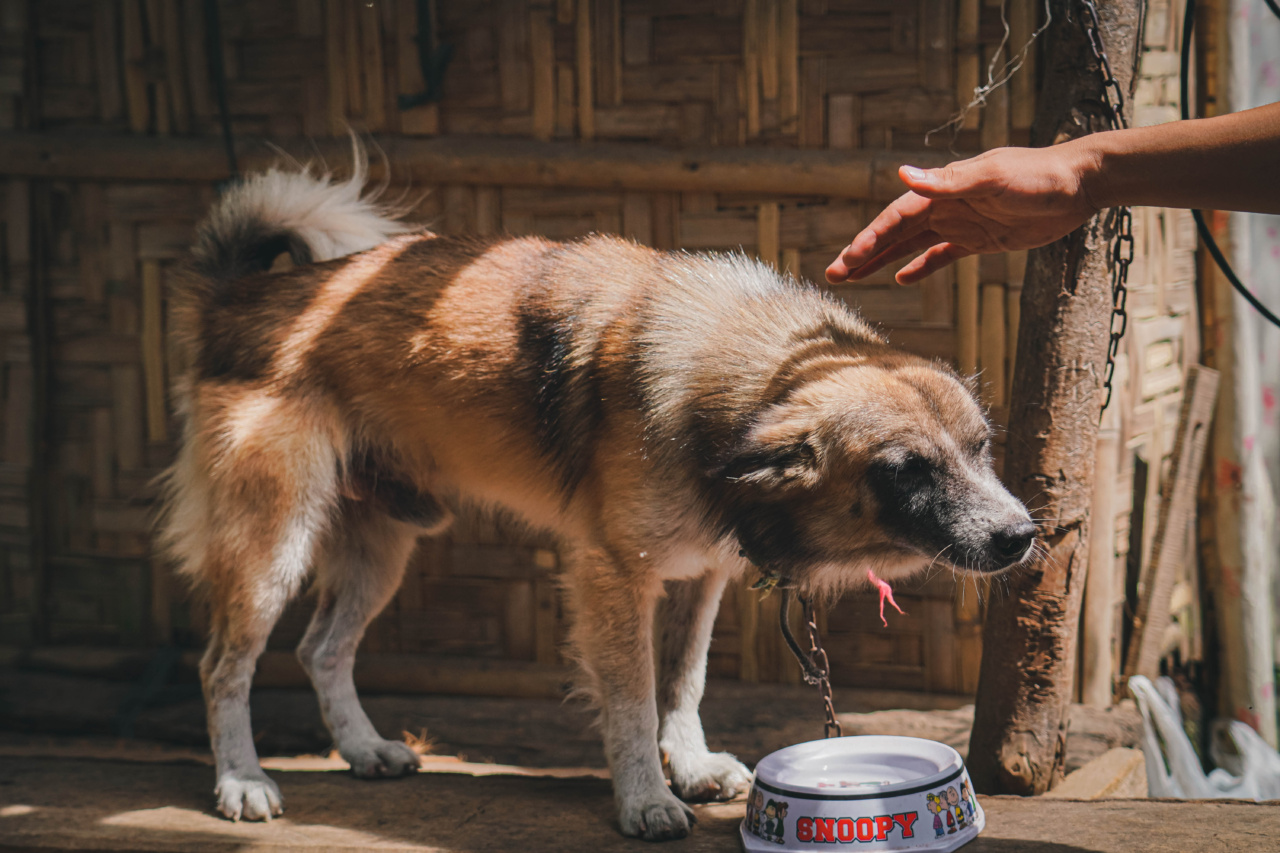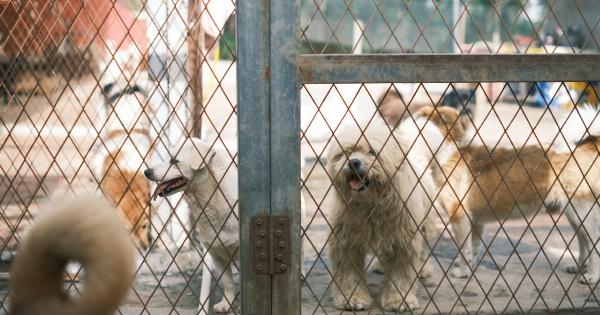As a dog owner, it is essential to establish a strong bond with your furry friend by understanding their body language. Dogs use various cues to communicate their feelings, needs, and desires.
By paying attention to these signals, you can become more attuned to your dog’s emotions and create a better understanding between you. Here are some key body language cues that your dog may be trying to tell you:.
Tail Wagging
Contrary to popular belief, a wagging tail does not always mean a happy dog. The position and speed of the wag can indicate different emotions your dog is experiencing.
A slow and low wag may indicate that your dog is feeling cautious or unsure, while a vigorous wag that starts at the mid-level and wags back and forth suggests excitement or happiness. However, if your dog’s tail is tucked between their legs, it often signifies fear or anxiety.
Ears and Facial Expressions
The position of your dog’s ears can give you insight into their mood. When a dog’s ears are forward or perked up, it usually means they are alert and engaged.
On the other hand, if their ears are pulled back or flattened against their head, it may signify fear or submission.
In addition to the ears, a dog’s facial expressions can also reveal their emotions. A relaxed open mouth with a slightly upturned lip is a sign of friendliness, while bared teeth or a tense jaw can signal aggression or hostility.
Be observant of these cues, especially when introducing your dog to new environments or people.
Eye Contact and Blinking
Eye contact can be a powerful form of communication between you and your dog. Direct eye contact can be perceived as a challenge or threat, especially by more timid dogs.
On the other hand, averting their gaze or blinking slowly can be a sign that your dog trusts and is comfortable with you.
Body Posture
The way a dog holds and positions their body conveys a wealth of information. If your dog stands tall with their head and tail up, they are likely expressing confidence.
Conversely, a lowered body posture with a tucked tail indicates fear or submissiveness. Pay attention to your dog’s body language to gauge their comfort level in different situations.
Yawning and Licking
While yawning is often associated with tiredness or boredom, dogs also use it as a form of communication. A yawn in the presence of stressful situations can indicate that your dog is trying to calm themselves down.
Similarly, licking their lips or nose can be a stress signal. Watch for these behaviors during potentially overwhelming experiences, such as visits to the veterinarian or crowded gatherings.
Whining, Barking, and Growling
Vocalizations are perhaps the most obvious cues that dogs use to communicate. Whining can indicate a variety of emotions, including anxiety, discomfort, or a need for attention.
Barking can have different meanings depending on the pitch, duration, and intensity. A high-pitched bark may indicate excitement or fear, while a deep, prolonged bark often signals a warning or a desire to protect.
Growling, although often seen as aggressive, can also be your dog’s way of expressing fear or discomfort. It is crucial to pay attention to the context of these vocalizations to properly interpret their meaning.
For instance, a growl during play is typically a sign of enjoyment, while a growl when approached by a stranger may indicate wariness or apprehension.
Taking Note of Tail Position
A dog’s tail can provide valuable insights into their emotional state. A tail held high and wagging gently is a sign of confidence and contentment. Conversely, a tail held tightly between their legs indicates fear or anxiety.
Understanding the different meanings behind tail positions can help you respond appropriately to your dog’s needs.
Sniffing and Marking
Sniffing and marking are two important communication tools that dogs use during walks or encounters with other dogs.
Sniffing the ground or other objects is your dog’s way of gathering information about their surroundings and the presence of other animals. Marking, which involves urinating on vertical surfaces, serves as a territorial indicator or a way to communicate with other dogs.
Respect your dog’s need to explore and gather information through sniffing, but also provide guidance on appropriate marking behaviors.
Physical Contact and Tailoring Training Techniques
Physical contact is a powerful way for humans and dogs to communicate and bond. Most dogs enjoy physical touch, such as petting, scratching, or gentle massages.
However, it is essential to be mindful of your dog’s body language and respect their boundaries. If your dog appears tense, tries to move away, or shows signs of discomfort, it’s crucial to give them space and allow them to approach you when they feel more at ease.
Understanding your dog’s body language is particularly valuable during training sessions. Positive reinforcement training techniques are widely recommended, focusing on rewarding desired behaviors rather than punishing undesired ones.
By tailoring your training methods to your dog’s needs and preferences, you can establish a stronger and more effective training bond.
Conclusion
Your dog constantly communicates with you through their body language, allowing you to understand their emotions and respond accordingly.
By paying attention to cues such as tail wagging, facial expressions, body posture, vocalizations, and physical contact, you can establish a deeper bond with your furry companion. Remember that each dog is unique, so taking the time to learn their individual signals and preferences will help create a stronger and more fulfilling relationship.


























